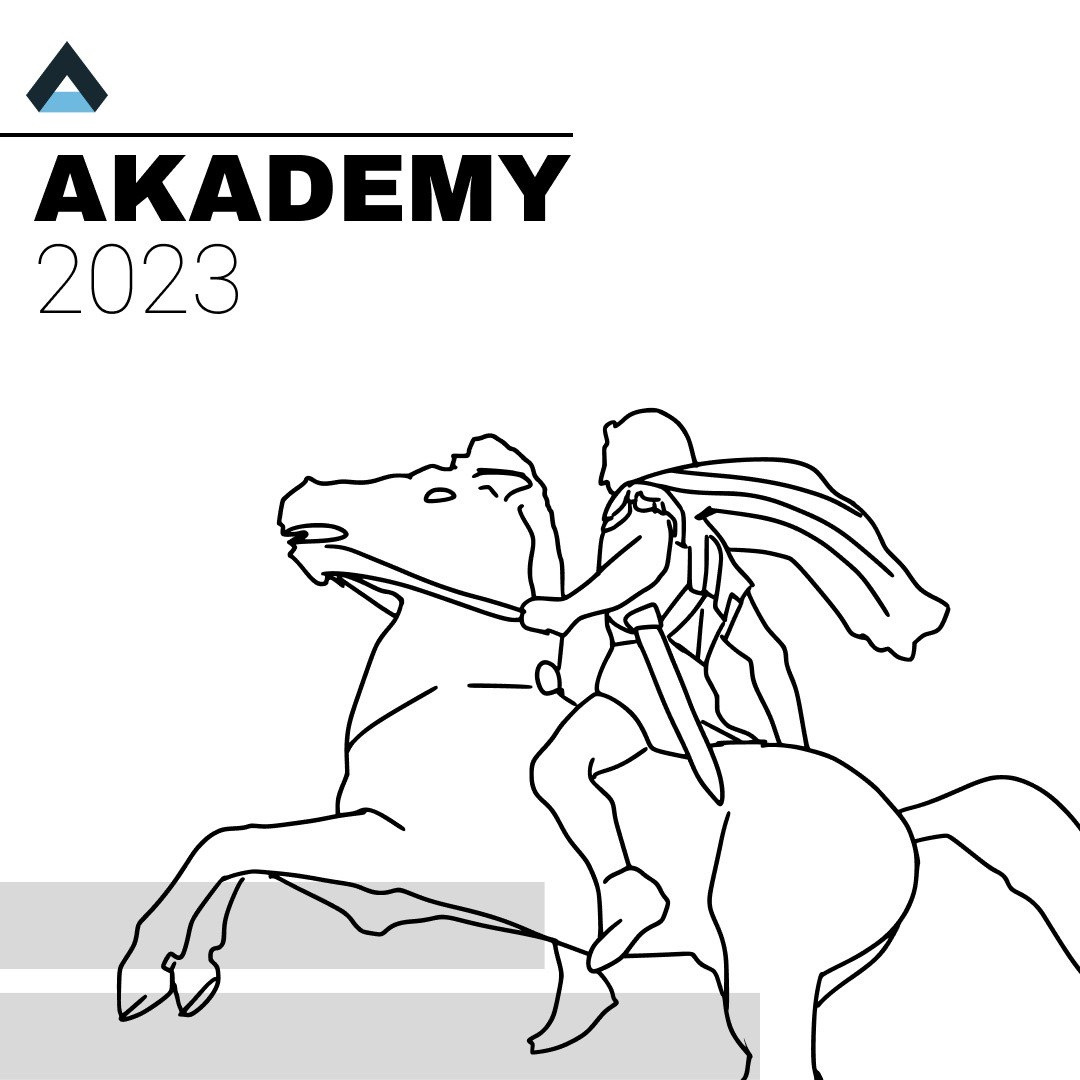Building a Community
Building a community can be challenging, but we've learned a few things from our experience in Greece. Here’s a quick guide based on what worked for us.
People Over Products
While a cool product is great (no matter which one), it’s the people who truly matter. It’s crucial to help potential volunteers understand why they should join a community. Is it because they want to support FLOSS to make the world a better place? Because it’s fun? Because they value the benefits of open source? Or because they simply enjoy helping others? Understanding the motivations behind joining or forming a community is key to sustaining it.
Growing Your Community: Attend Events
One of the most effective ways to grow your community is to attend events. The ideal scenario would be a developer visiting your booth and immediately deciding to join the team. Unfortunately, that’s highly unlikely—maybe a 1% chance (or even less). Most developers already have their favorite distribution or project and are not easily swayed.
Instead, target events where you can meet end users. These are usually computer science students who primarily use Windows or everyday users whose computers are mainly for social media or office tasks. Why focus on them? Because they can take on tasks that developers often avoid—tasks like:
- Junior Jobs List: Create a list of simple, well-defined tasks that newcomers can easily pick up.
- Bug Reporting: Encourage users to report bugs through platforms like Bugzilla, while developers respond politely and guide users on how to provide relevant information.
- Documentation: Developers often dislike writing documentation. End users can fill this gap by documenting how to use and troubleshoot the software.
- Translation: Encourage volunteers to make content accessible and clear, especially when developers use technical language.
- Promotion and Engagement: Focus on community engagement rather than traditional marketing. Spread the word and build awareness because even the best project is useless if no one knows about it.
Building a Supportive Environment
People join communities not just because of the product but because of the people within the community. Once they’re part of it, they stay because they feel welcome and valued.
Managing volunteers can be tricky since there’s no hierarchy to enforce tasks. If someone takes credit for the community's efforts or doesn’t acknowledge the contributions of others, it can drive members away and ultimately dissolve the community.
Keeping the Community Alive
The reality is that you can’t keep a community together indefinitely. Even in the best-case scenario, people grow and evolve. Their available time becomes limited as personal life and careers take priority. The best way to sustain the community is to continually onboard new people before the core members inevitably move on.
From End User to Developer
Transitioning from an end user to a developer is the natural progression for community members who become deeply involved. It’s nearly impossible for an existing developer from, say, Fedora to suddenly switch to developing exclusively for openSUSE. Instead, communities should focus on nurturing new developers from within.
Start by engaging end users with simple tasks. As they grow more curious, they’ll gradually take on more challenging roles—like fixing bugs or learning to package software. Eventually, they become developers themselves. Even if they stop promoting the project, the community has gained a new developer—a net positive.
Final Thoughts
Developing developers is crucial for long-term sustainability. Help end users grow by providing guidance and opportunities to learn. In the end, a thriving community is one that continually supports its members in their journey from end user to developer.










0 Σχόλια